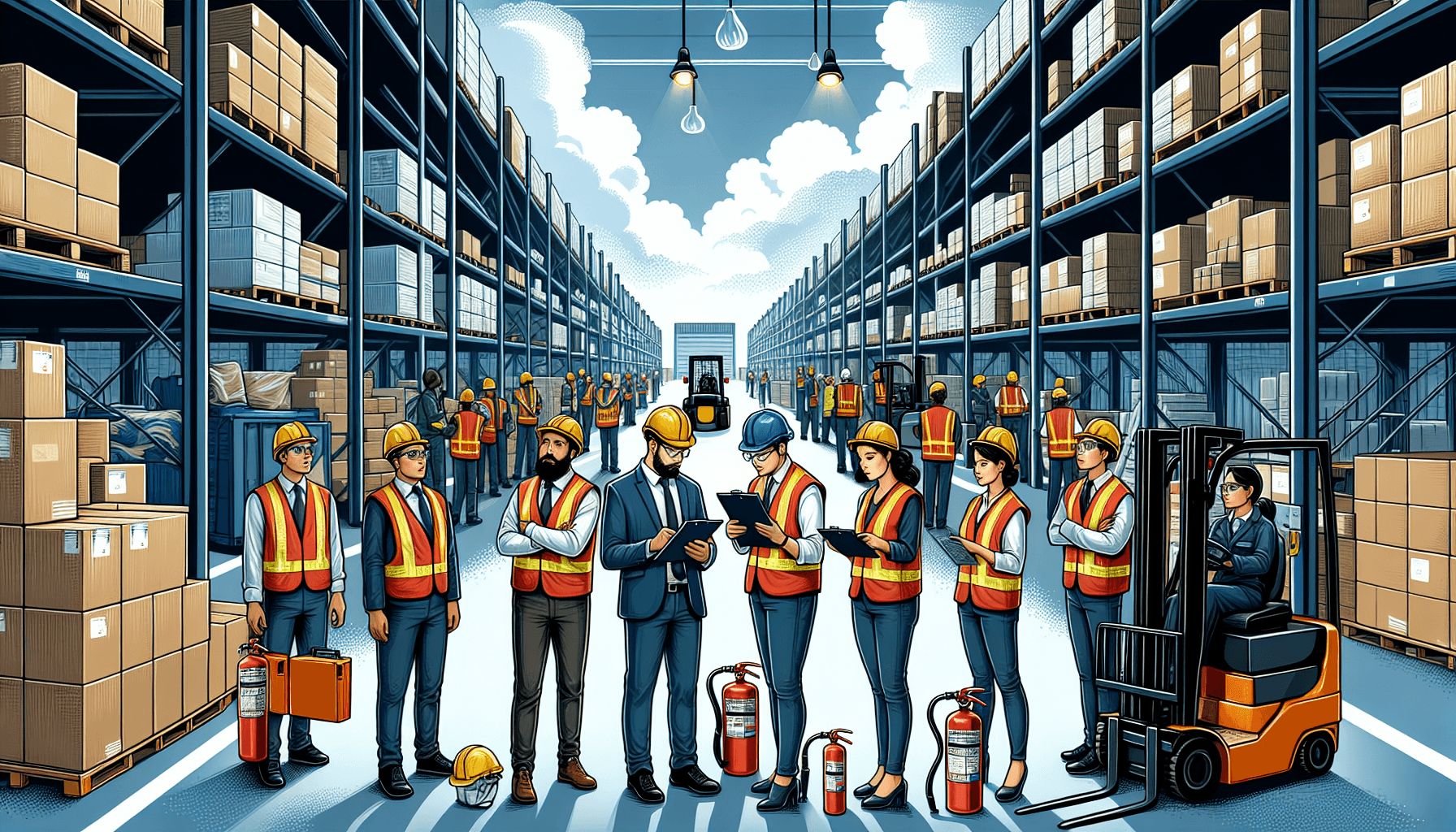Warehouse safety evaluations play a crucial role in preventing accidents and ensuring the well-being of employees. A warehouse can be a busy and hazardous environment, with numerous potential risks and hazards that need to be identified and addressed. By conducting regular safety evaluations, businesses can proactively assess and mitigate these risks, ultimately creating a safer working environment.
The Importance of Warehouse Safety Evaluations
Warehouse safety evaluations are a systematic and comprehensive process of assessing the safety conditions and practices within a warehouse facility. The goal is to identify potential hazards, evaluate existing safety measures, and implement necessary improvements to minimize the risk of accidents and injuries.
One of the primary reasons why warehouse safety evaluations are essential is compliance with local and national safety regulations. Adhering to these regulations not only ensures legal compliance but also helps create a culture of safety within the organization. This can lead to increased employee morale and productivity.
Furthermore, conducting regular safety evaluations enables organizations to stay proactive in identifying potential risks. A proactive approach to safety can prevent accidents and injuries before they occur, saving businesses from costly legal battles, compensations, and reputation damage.
Another key benefit of warehouse safety evaluations is that they help in identifying and addressing hidden or overlooked hazards. Sometimes, certain risks might go unnoticed or be considered insignificant until a serious accident occurs. Safety evaluations bring these risks to light, allowing businesses to implement necessary controls and safeguards.
Warehouse safety evaluations also serve as an opportunity for ongoing continuous improvement. By regularly assessing safety practices and procedures, organizations can identify areas for enhancement and implement changes to create a safer work environment. This can include updating equipment, improving signage, enhancing employee training, and establishing more robust safety protocols.
Moreover, safety evaluations allow businesses to involve their employees in the process. Employees often have valuable insights and suggestions regarding safety improvements since they are on the frontline and more familiar with the day-to-day operations. Engaging employees in safety evaluations fosters a sense of ownership and collective responsibility for safety.
It is important to note that safety evaluations should not be limited to a one-time event. Safety should be an ongoing priority, and regular evaluations ensure that safety measures are continually monitored and updated as needed. Safety standards and regulations may change over time, and warehouse operations may evolve, making it crucial to conduct periodic evaluations to stay up to date.
Warehouse safety evaluations can encompass various aspects, including but not limited to:
- Physical hazards such as machinery, equipment, or uneven flooring
- Storage and stacking practices
- Maintenance and upkeep of equipment
- Emergency response plans and procedures
- Training and education programs for employees
- Proper use and handling of hazardous materials
When conducting a safety evaluation, it is essential to involve all relevant stakeholders, including managers, supervisors, and employees from different departments. This collaborative effort ensures a comprehensive assessment and helps in identifying specific areas that require improvement.
Conclusion
Investing in warehouse safety evaluations is a critical step towards accident prevention and employee well-being. By conducting regular assessments, businesses can proactively identify and address potential risks, reduce the likelihood of accidents, and create a culture of safety within the organization. Along with compliance with legal regulations, safety evaluations enable continuous improvement and provide an opportunity to involve employees in the process. Warehouses that prioritize safety evaluations are better equipped to provide a secure working environment and protect their most valuable asset – their employees.

